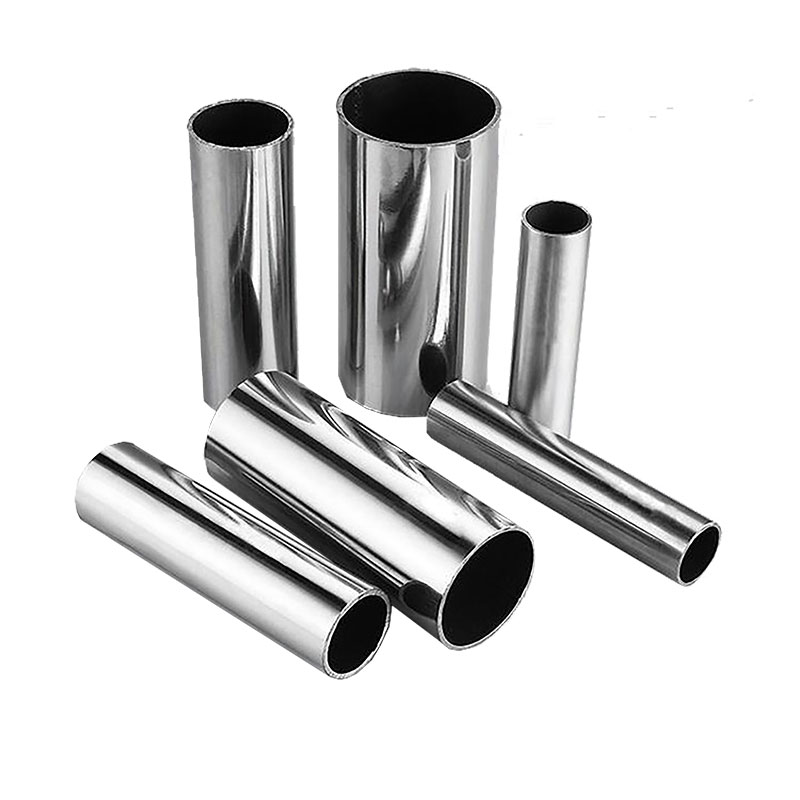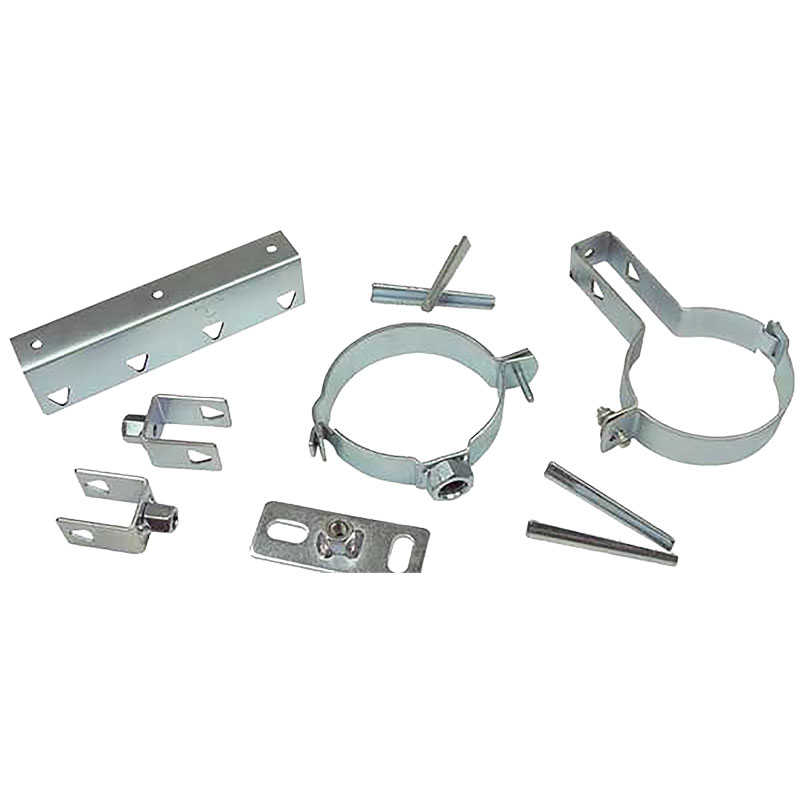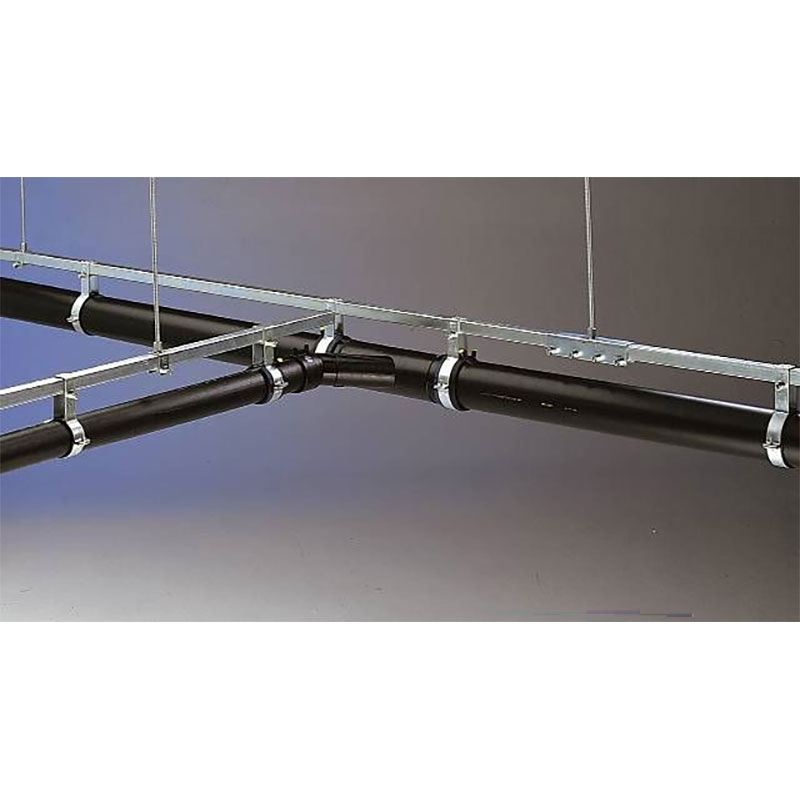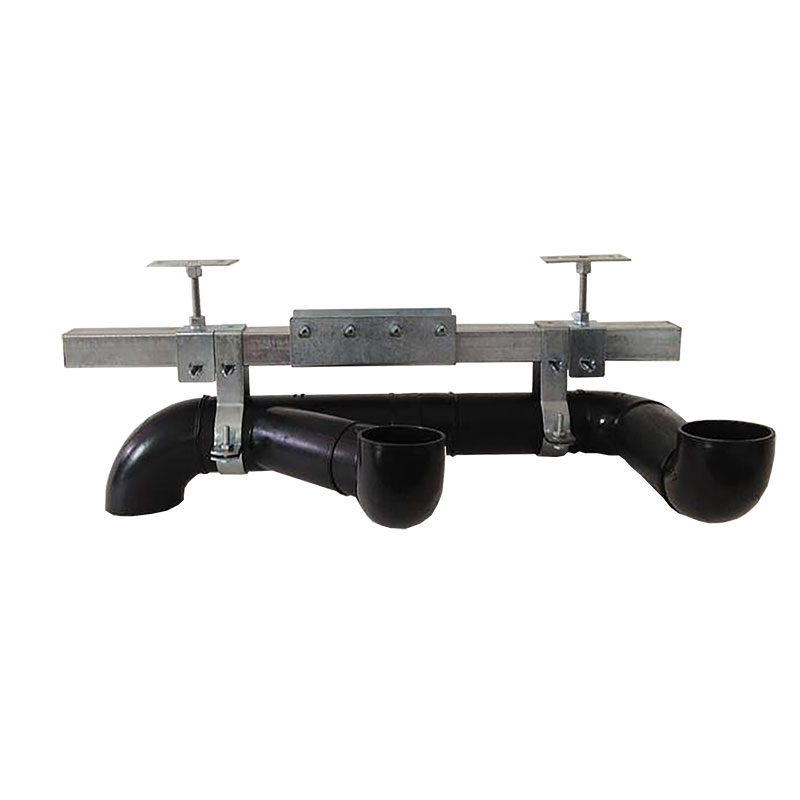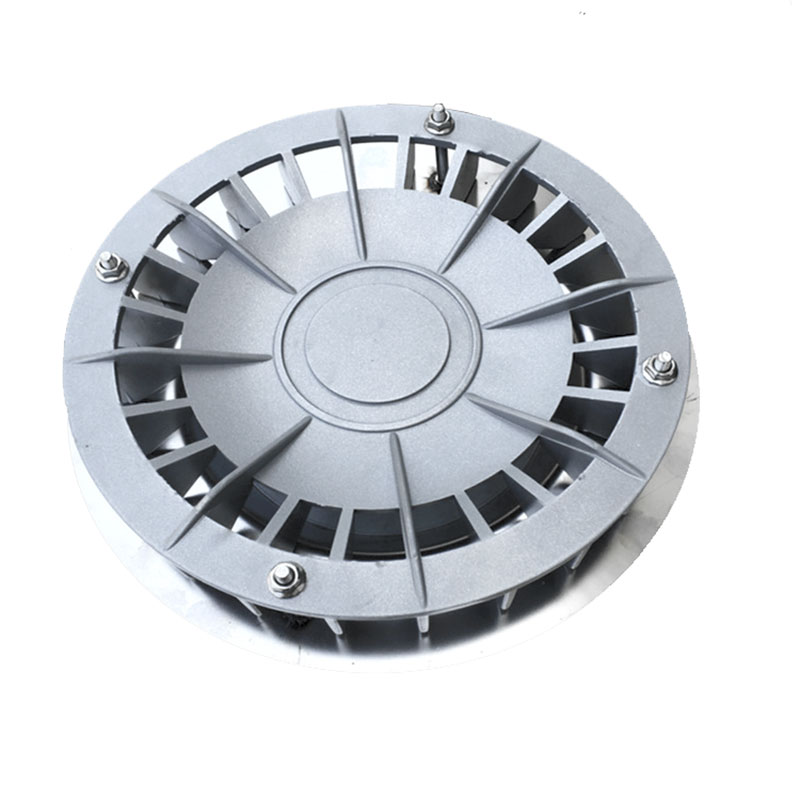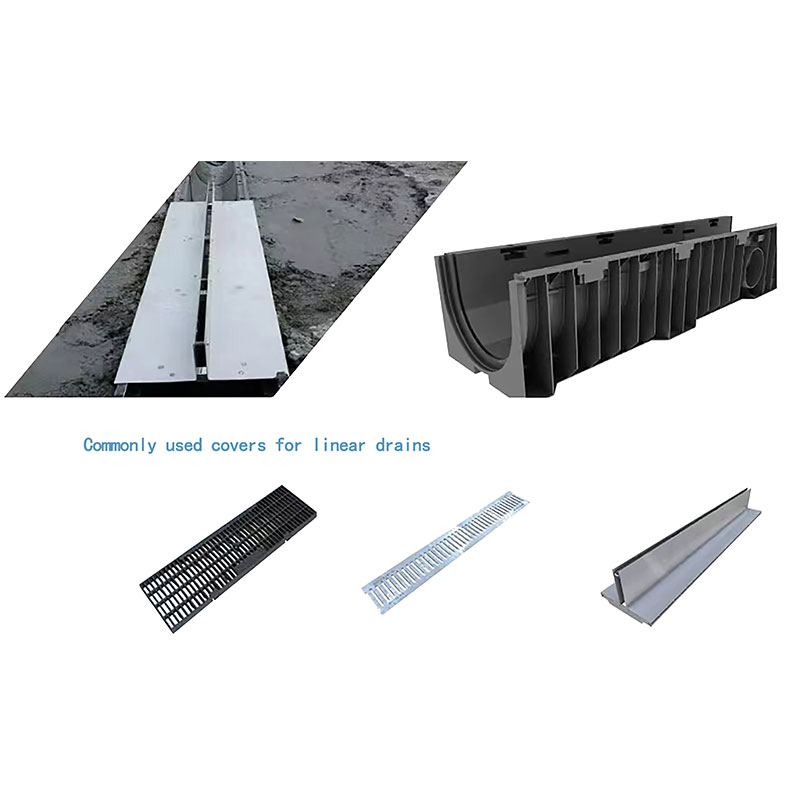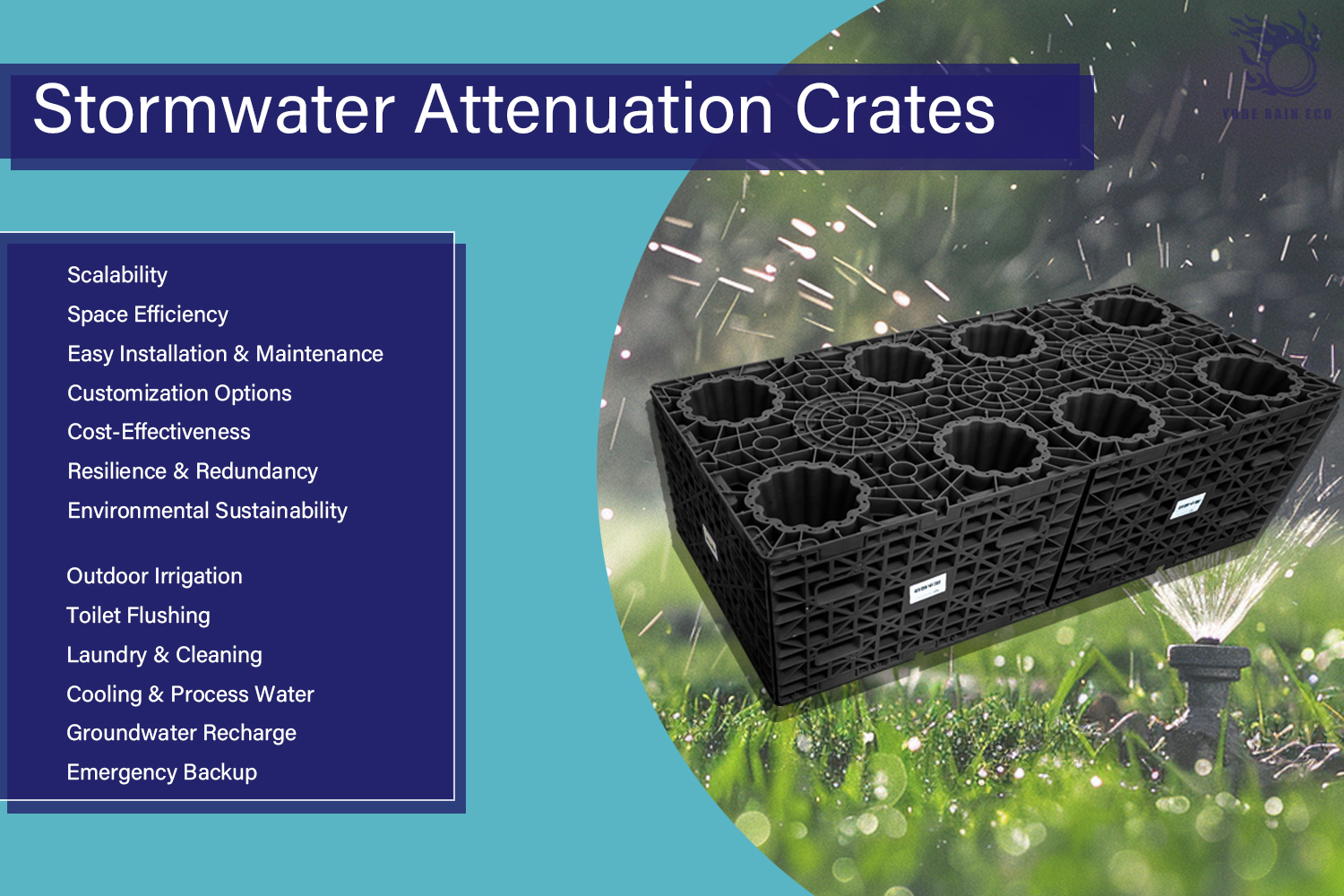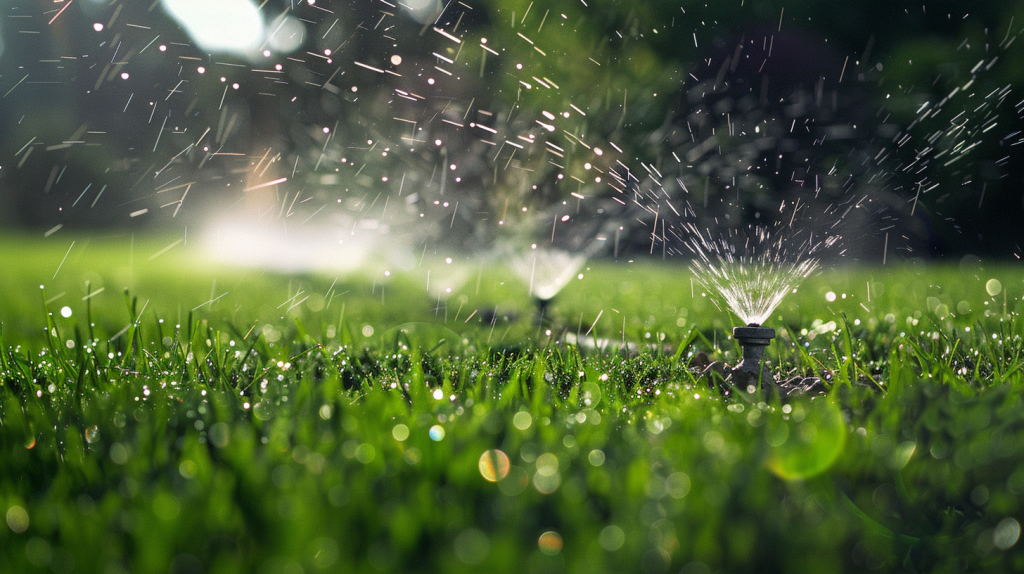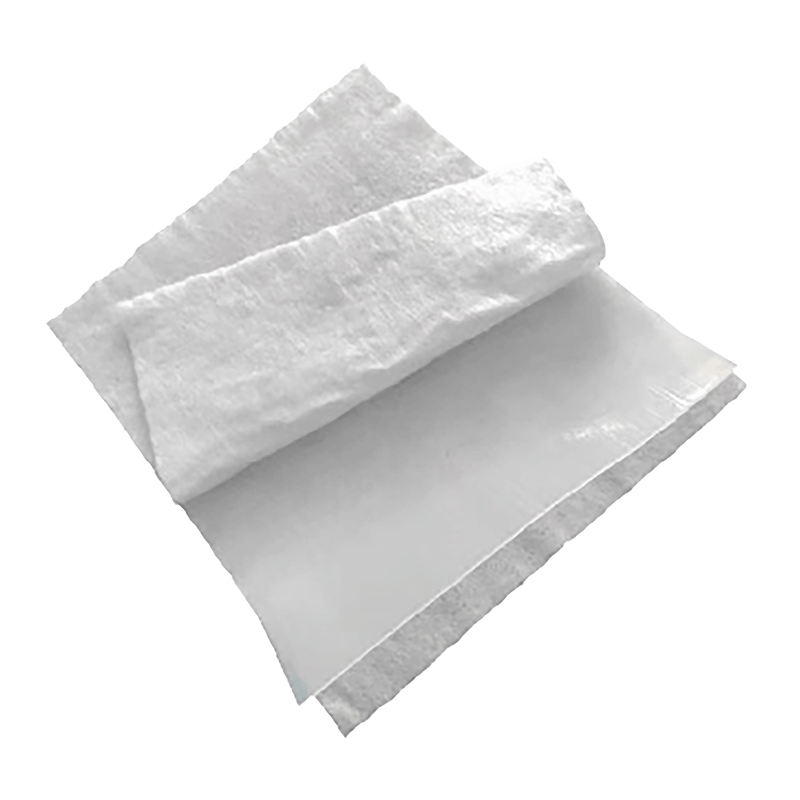

HDPE Geomembrane
HDPE geomembrane (High-Density Polyethylene geomembrane) is a synthetic liner or barrier made from high-density polyethylene plastic.
Key Features:
Impermeability: HDPE geomembranes are highly effective at preventing the passage of liquids and gases, making them ideal for containment applications.
Chemical Resistance: They resist a wide range of chemicals, making them suitable for use in landfills, mining, and wastewater treatment.
Durability: With a high tensile strength and resistance to UV radiation, HDPE geomembranes can withstand harsh environmental conditions.
Flexibility: They can be easily fabricated and installed in various configurations, adapting to different site conditions.
Cost-Effectiveness: Generally, HDPE geomembranes offer a cost-effective solution for containment and protection applications.
Characteristic Function of hdpe Geomembrane
1.High Impermeability: Prevents water loss, ensuring efficient collection and storage of rainwater.
2. Durability: Resistant to UV rays, chemicals, and physical damage, ensuring long-term performance.
3. Flexibility: Can be easily shaped to fit various storage structures, such as ponds and cisterns.
4. Lightweight: Easy to transport and install, reducing labor costs and installation time.
5. Water Containment: Serves as a barrier to hold collected rainwater, preventing seepage into the ground.
6. Pollutant Protection: Protects collected water from contamination by soil and other pollutants.
7. Enhancement of Water Quality: Maintains the integrity of stored rainwater, making it suitable for reuse.
8. Structural Support: Provides a stable base for rainwater harvesting systems, enhancing overall system integrity.
The key role of HDPE geomembrane in rainwater harvesting and utilization systems:
- Anti-seepage: HDPE geomembranes are extremely impermeable, preventing water from the underground water storage module from seeping into the surrounding soil. This is essential to prevent groundwater contamination and to maintain safe water quality in the storage area.
- Chemical resistance: HDPE geomembranes are highly resistant to chemical corrosion and maintain their performance even in environments where they may come into contact with chemicals, making them particularly suitable for industrial or agricultural applications.
- Physical durability: HDPE materials have high strength and abrasion resistance and can withstand a wide range of physical stresses, including soil movement or mechanical pressure, during underground construction and long-term use.
- Environmental performance: HDPE geomembrane is an environmentally friendly material that does not pollute soil or groundwater, favouring sustainable development projects.
Easy to install: HDPE geomembranes are easy to install, can be cut to different sizes and shapes to suit the design needs of a variety of underground storage modules, and are relatively simple to weld and seam treat, ensuring that seams are sealed. - Cost-effective: Despite providing efficient waterproofing and pollution protection, HDPE geomembranes are relatively low cost, making them cost-effective for large-scale groundwater projects.
Get Free Quote of HDPE Geomembrane
Related Products
Related News
Urbanization has brought countless benefits, but it has also created challenges for green infrastructure, particularly when it comes to tree […]
Yude Rain Eco to Showcase Innovative Solutions at YAPI-TURKEYBUILD ISTANBUL 2025 Yude Rain Eco, a global leader in sustainable infrastructure […]
Project Overview Yude Rain Eco recently completed a cutting-edge rainwater harvesting and utilization project at an AI automation control park […]
In an era of water scarcity and increasing environmental awareness, rainwater harvesting has emerged as a sustainable solution to meet […]
I. What is an Underground Cistern? What Types Exist? An underground cistern is a facility specifically designed for collecting and […]
As urban development continues to grow and environmental challenges like water scarcity and climate change become more pressing, the question […]
What Are The Role of Rainwater Harvesting in Utility Water? 1. What Are Utility Water Uses? Utility water refers to […]
Water Challenges in Germany Urbanization and Impermeable Surfaces: Germany is a highly urbanized country with vast areas of impermeable surfaces, […]

